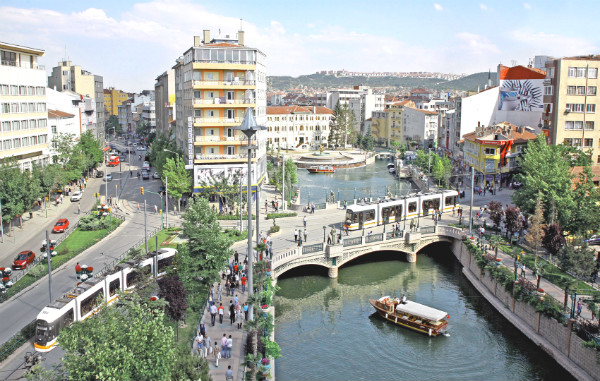Use This Easy Trick to Cure Procrastination
Procrastination is something that we all struggle with at some point in our lives. For as long as humans have walked this earth, we have been struggling with delaying the things that really matter to us.
We set huge goals, feel an incredible surge of motivation, and then when the time comes to take action on those goals, we just can’t force ourselves to do it.
Why does this happen? Let’s talk about it.
Why Do We Procrastinate?
Before we talk about how to combat procrastination, it’s important to understand why procrastination is such a common issue for people.
It’s time to bring a little behavioral psychology into the mix.
Through research, psychologists have discovered a phenomenon called “time inconsistency.” Time inconsistency refers to the tendency for our brain to value immediate rewards as opposed to delayed rewards.
An easier way to understand this concept is by imagining you have two different people living inside of you: your Present Self and your Future Self.
When you make a to do list, or you set goals, you are making plans for your future self and envisioning what you want your life to look like in the future. (Ex: By Sunday night I will have completed that essay)
However, while the Future Self can set goals and make plans, the only person that can actually take action on those goals is the Present Self. When the time comes to make a decision, you are no longer thinking about the future, you are in the moment, which means your present self is the one running the show.
The Present Self really likes instant gratification and doesn’t value long term pay off. The only goal that the present self has is to feel good right now, which means that the present self and future self are constantly at odds with one another.
This is why it’s completely normal to have conflicting emotions when you are about to make an important decision.
Your future self knows you should go to the gym, but your present self wants you to sit down on the couch and watch TV.
Your future self knows you should stay in and work on the paper you have due Monday, but your present self wants you to go get drunk with your friends.
Your future self knows you should go approach that attractive girl at the bar, but your present self wants you to stay at the booth with your friends and avoid the possibility of rejection.
Most of the time, our present self wins this internal debate inside our head because it requires your brain to expend the least amount of energy, and this cycle of self-sabotage can lead us to some pretty dark places.
How Do You Start Taking Action?
The easiest way to combat your brain’s constant need for instant gratification and spring yourself into action is to use something called “The 5 Minute Rule.”
The rule is pretty self-explanatory, all you are going to is sit down and commit to working on the task that you are avoiding for only 5 minutes. No more, no less.
Doing this accomplishes two things.
First off, you’re giving yourself an out. Most procrastination is built on avoidance of a potentially stress-inducing activity. It’s not that we don’t want to start working on the project, we actually really do want to start it! We just don’t want to work on it for hours and make ourselves miserable.
By only committing to the task for five minutes, you are giving yourself the option of giving up after five minutes if the act of starting the task is as horrible as you thought it was going to be.
Second, you are actively exposing yourself to the activity, which always leads to it being less painful than you thought it was going to be.
The best part is, and you’ve probably experienced this more than a few times, once you start the activity you actually feel pretty good!
Once you’ve redirected your focus to completing the activity as opposed to avoiding it, your stress levels begin to decrease naturally as you focus your energy in a different way.
This graph below provides a clearer picture of how this phenomenon works.

As you can see, the level of pain you feel while you are procrastinating is significantly less than the pain you feel when you are in the middle of the activity.
The problem is not doing the work, the problem is starting the work.
Where to Go From Here
I hope that this brief article on overcoming procrastination has given you some actionable advice to start implementing into your day to day life.
At the end of the day, starting is most often the hardest part of completing any task.
When you can remove the initial friction you feel to complete a task by working on it for just five minutes, you’ll be amazed at how much more you get done on a day to day basis.
Related Articles You Might Find Interesting


